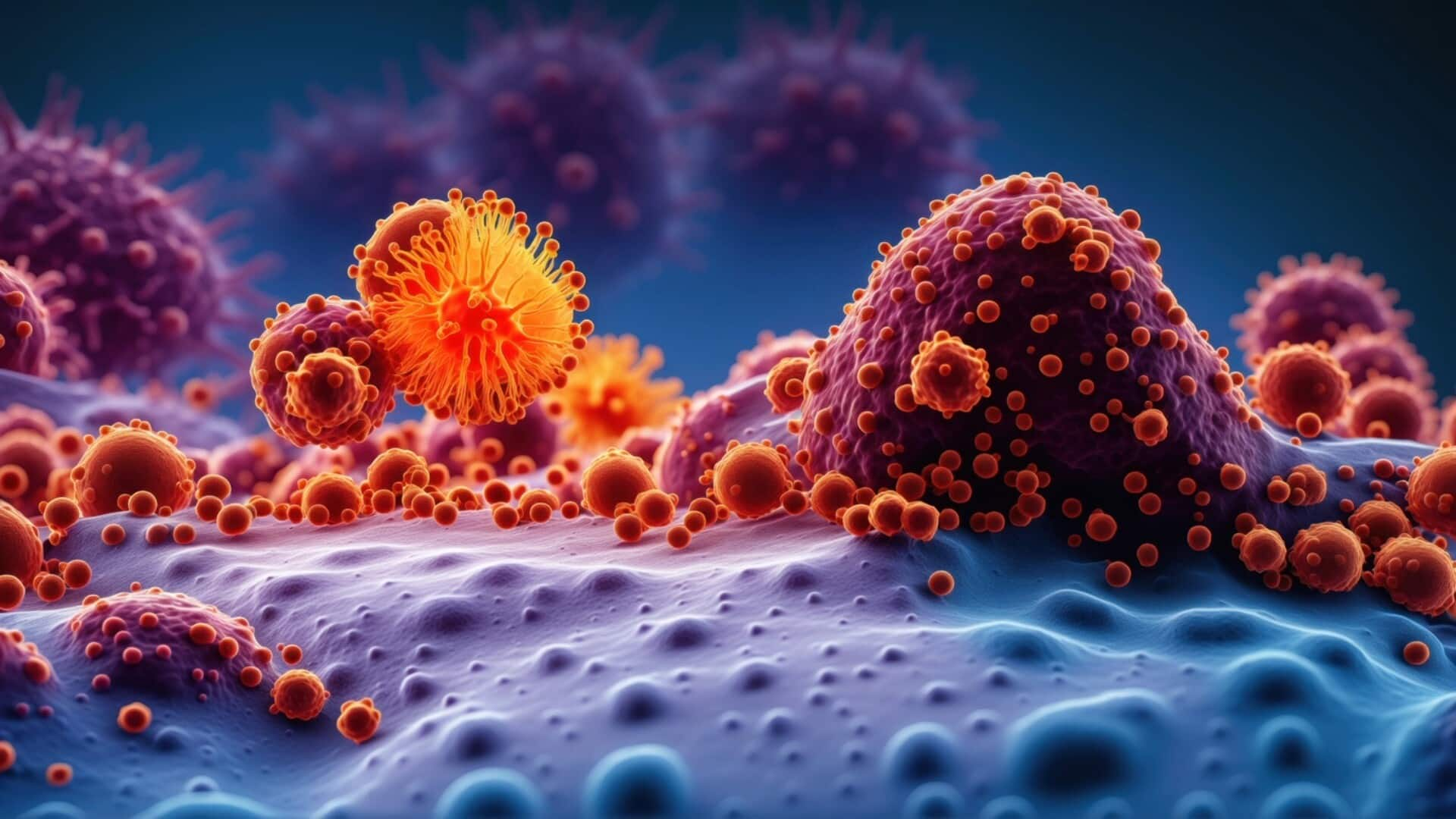
Scientists possibly crack pancreatic cancer code: Details here
What's the story
In a significant stride against pancreatic cancer, international researchers have identified a critical genetic flaw that could lead to a potential cure.
The research team, including Dr. Maria Hatziapostolou from Nottingham Trent University's John van Geest Cancer Research Centre, found that the disease's growth is fueled by its prowess to inactivate key molecules within the HNF4A gene.
"This work will hopefully help pave the way for potential new treatments in the future," Hatziapostolou told The Guardian.
Diagnostic dilemma
Late diagnosis challenges treatment
A significant hurdle in battling pancreatic cancer is its frequent late-stage diagnosis, limiting treatment options.
"The majority of pancreatic cancers are diagnosed at a late stage, with 80% not being detected until after the disease has spread and is no longer operable," said Dr. Chris Macdonald, Head of Research at Pancreatic Cancer UK.
This new research offers hope for improved patient outcomes by targeting DNA methylation effects and restoring HNF4A gene function.
Global effort
International collaboration fuels research
This groundbreaking study involved researchers from Stanford University, the University of California, and Cedars-Sinai Medical Center in Los Angeles.
Funded by Pancreatic Cancer UK, the research is part of a broader effort to combat pancreatic cancer.
It follows other significant advancements such as MIT CSAIL researchers unveiling AI programs for early detection, and the Houston Methodist Academic Institute developing a device that can deliver drugs directly to pancreatic tumors.
Disease impact
Pancreatic cancer: A deadly disease seeking a cure
Pancreatic cancer, one of the deadliest malignancies, affects over half a million people annually, and has the lowest survival rates among major cancers.
More than half of patients do not survive beyond three months of diagnosis, as per experts.
The disease's severity underscores the importance of this new research in identifying a genetic flaw that could lead to potential treatments and improved patient outcomes.